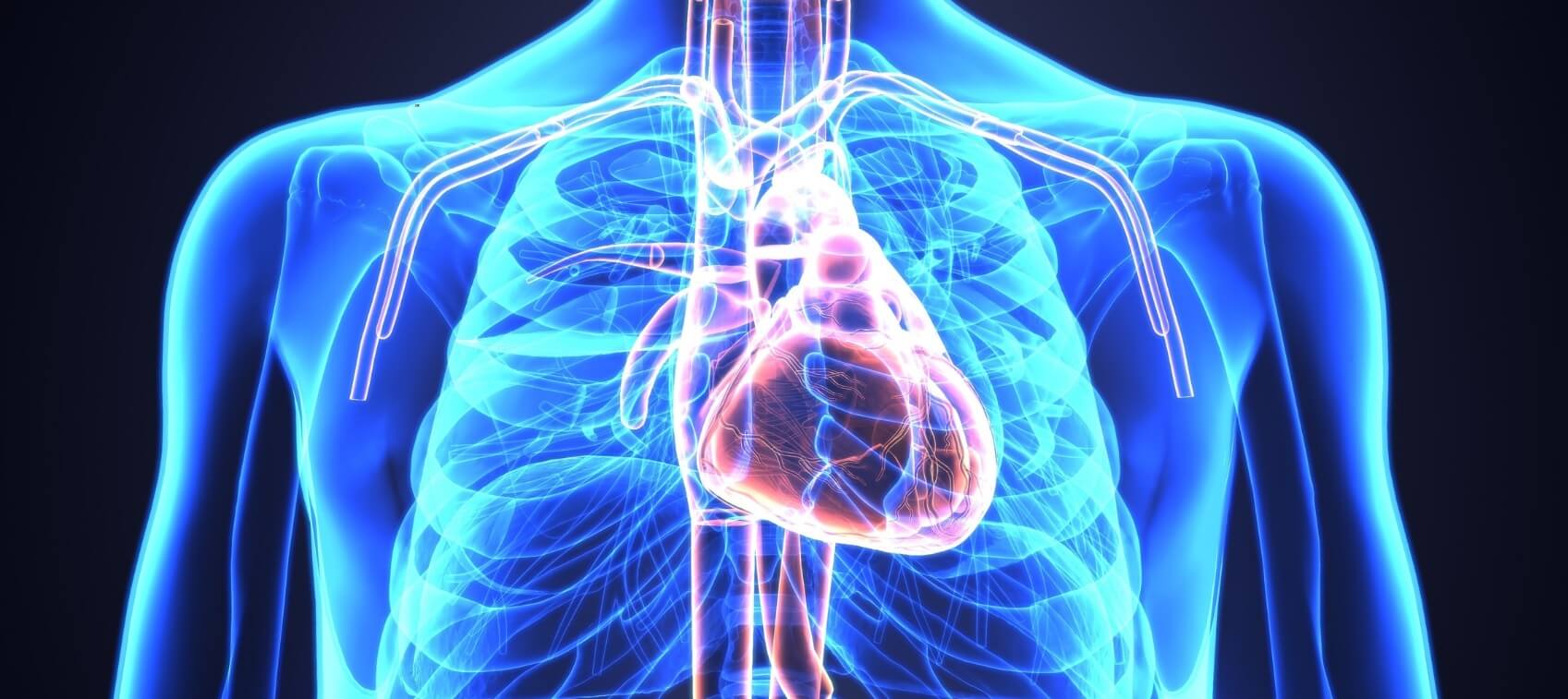
A reader mentioned that after her last echocardiogram, she was diagnosed with diastolic dysfunction. She wanted to know if this is something new because she hadn’t heard of it before.
It is a relatively new diagnosis in the world of cardiology, and something few people know about unless they’re told they have it.
What is Diastolic Dysfunction?
If you see the word “diastolic” and immediately think of blood pressure, you’re correct. Your diastolic pressure is the bottom number of your blood pressure reading. Healthy blood pressure is less than 120/80 mm/Hg, and 80 is the diastolic reading, which is the pressure in your arteries between heartbeats.
Diastolic dysfunction occurs when the arteries are unable to relax between heartbeats, which is the phase of your heartbeat when the ventricles fill with blood that’s pumped into your heart. When this happens, every heartbeat is less efficient and your heart must work even harder to pump out blood.
In fact, there’s a law in cardiology called Starling's Law that it takes more energy for the heart chambers to stretch and fill during the diastole or "resting phase" than during systole when the heart is contracting to pump blood out.
That's why when it comes to blood pressure cardiologists worry more about "the bottom number"—the diastolic pressure—than we do about the systolic or "top number." A high diastolic pressure strains the heart more, and we know that eventually, it will push up the systolic pressure.
What Are the Symptoms of Diastolic Dysfunction?
In the early phases of diastolic dysfunction, you might not notice any symptoms at all. Once it progresses, you can experience:
- Swelling in the legs and feet
- Fluid retention in the abdomen
- Shortness of breath that worsens with exertion
- Profound fatigue
The last two symptoms on this list are by far the most subtle and prominent telltale signs in women. Any woman with high blood pressure who has shortness of breath and profound fatigue should be seen by a cardiologist to be investigated for diastolic dysfunction.
As you may have already guessed, people with high blood pressure are more likely to develop diastolic dysfunction symptoms than those with normal blood pressure.
Women are also more vulnerable to diastolic dysfunction than men. That’s because a woman’s heart is smaller than a man’s, with smaller coronary artery blood vessels and smaller chamber sizes. In addition, women have stiffer aortic arches, which makes them less able to stretch and expand to fill with blood between heartbeats. Plus, women are more prone to mitral valve prolapse, which is another risk factor for diastolic dysfunction.
How Diastolic Dysfunction is Diagnosed
If your doctor suspects diastolic dysfunction, he or she will normally order a Doppler echocardiogram.
This noninvasive test, which is a lot like sonograms used on pregnant women, allows your doctor to see exactly how your heart is functioning. And if you have diastolic dysfunction, he or she can see how advanced it is.
Diastolic Dysfunction Treatment
For the medical community, it has only been in the last few years that medications have emerged as a possible line of defense for diastolic dysfunction. In fact, the PEACE Trial study demonstrated that ACE inhibitors can be effective.
Yet, while pharmaceutical interventions may add some benefit, I’ve had good success using a metabolic cardiology approach to treat diastolic dysfunction—which means using targeted supplements to drive cellular energy, called adenosine triphosphate (ATP), in the right direction.
The four nutrients I recommend for diastolic dysfunction include:
- Coenzyme Q10 (CoQ10): 300 mg daily
- L-carnitine: 500-1,000 mg in divided doses
- Magnesium: 400-600 mg daily
- D-ribose: 5 g twice daily
CoQ10 helps to “spark” cellular energy production, while D-ribose helps to preserve energy substrates—which are the raw materials your body needs to generate ATP. In one clinical trial using 300 mg of CoQ10, there was an improvement in mitochondrial dysfunction—which means dysfunction in your cellular “energy factories”—in patients who had compromised systolic function.
L-carnitine and CoQ10 also help to accelerate ATP turnover, which means they help to speed up your body’s ability to take used up ATP and recycle it back into fresh ATP that drives cellular energy. D-ribose provides the center of the ATP molecule. And magnesium supports hundreds of enzymatic reactions and helps to drive ATP in a preferential direction.
Many people have wondered if diastolic dysfunction can be cured. While I wouldn’t go so far as to say “cured,” I can say that using the right nutrients can make a real difference in improving heart function and thus the quality of life.


